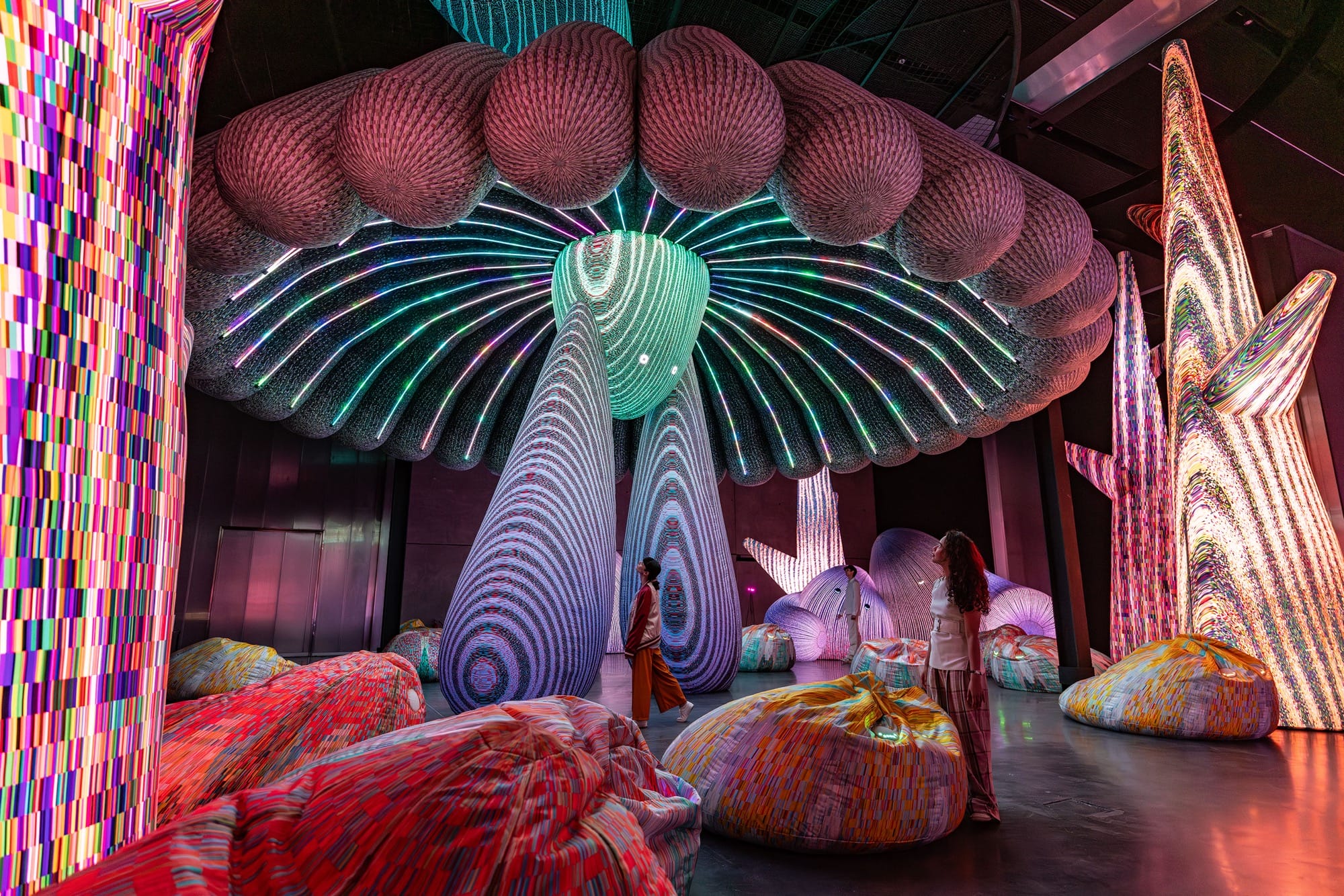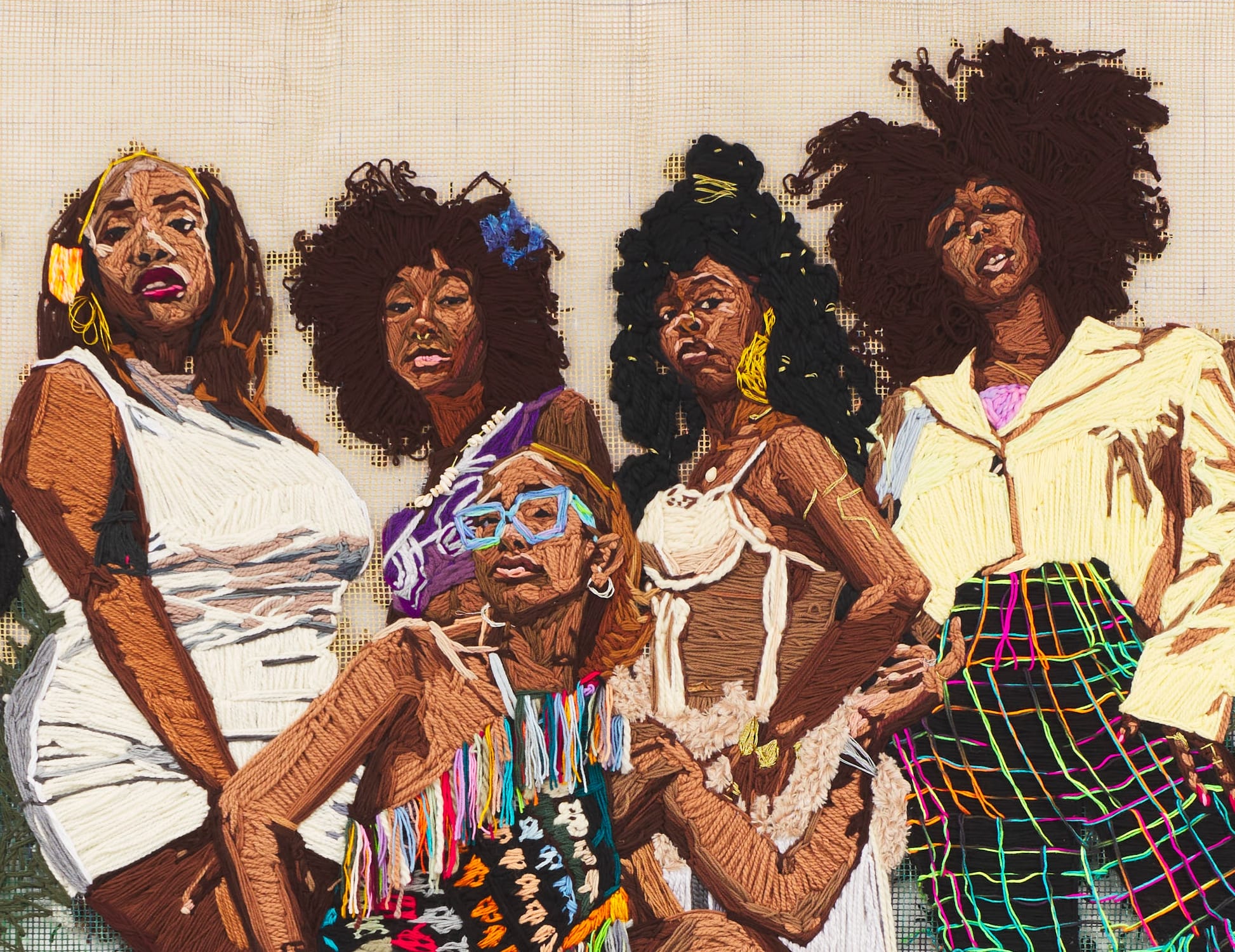L’Église Saint-Nicolas, Heremence, Switzerland. Designed by Walter Maria Förderer, constructed 1967-1971. All photos © Jamie McGregor Smith, courtesy of Hatje Cantz, shared with permission
In the mid-20th century, a bold, angular architectural style emerged as a celebration of post-war renewal, innovation, and symbolic strength. Brutalism, known for its bare, monochrome, industrial materials like concrete, brick, and steel, became a way for centers of influence like municipal hubs, government buildings, and cultural institutions to convey magnificent resilience and contemporaneity. Religious architecture was no exception.
There is hardly a more symbolic building than a church or cathedral, from the pilgrimage-like progression down the nave toward the altar to the lofty height and sweeping arches that draw the eye upward as a metaphorical connection to Heaven. And starting the 1950s, architects began designing cavernous brutalist buildings to house congregations around Europe, taking ecclesiastical structures in remarkable new directions.
In his new book Sacred Modernity, photographer Jamie McGregor Smith explores Europe’s most stunning brutalist churches, capturing cavernous meeting halls, remarkable geometry, and characteristic concrete and brick textures. Published by Hatje Cantz, the volume traces the dramatic, modernizing shift in the Catholic church in the early 1960s, marked by the Vatican’s search for an appropriate architectural language to show that the Catholic Church was still relevant in contemporary society.
St. Paulus Kirche, Weckhoven, Dussoldorf, Germany. Designed by Fritz Schaller and Stefan Polónyi, constructed 1966-1970
Smith has long been captivated by industrial and urban design. Inspired by the New Topographics documentary photography movement in the U.S., he began focusing on the defunct pottery industry in the British Midlands and iron ore processing plants in Middlesbrough. When he moved from London to Vienna in the summer of 2018, he was immediately struck by a seeming paradox when he visited a impressively blocky, asymmetrical church in the district of Liesing. He says:
The concept for the church began life as a sculpture, the artist believing its design had been delivered to him by God in a dream. I was bewildered that this piece of progressive art, consisting of 152 irregular concrete blocks, had been commissioned by such a conservative institution. It redefined my idea of what a church could be: at once beautiful yet brutal.
Smith broadened his search and quickly became enthralled by the forward-thinking movement in sacred design, spurring a series that aims to collate the religious architecture of mid-century high modernity. At more than 200 pages with well over 100 photographs, the new volume catalogues locations across the continent, highlighting the distinctive use of cast concrete, light-catching facets, and monumental proportions.
Sacred Modernity is scheduled for release in the U.S. on May 14, and you can preorder a copy now on Bookshop. Find more on the artist’s website and Instagram.
Christi Auferstehung Kirche, Cologne, Germany. Designed by Gottfried Böhm, constructed 1968-1970
Interior of Christi Auferstehung Kirche, Cologne, Germany
Heilig-Kreuz-Kirche, Vienna, Austria. Designed by Hannes Lintl, constructed 1971-1975
Chiesa di Santa Maria Immacolata, Longarone, Italy. Designed by Giovanni Michelucci, constructed 1975-1977
Osterkirche, Oberwart, Austria. Designed by Gunther Domenig and Eilfried Huth, constructed 1967-1969
Kościół św, Dominika, Poland. Designed by Władysław Pieńkowski, constructed 1985-1994
St Theresia Kirche, Linz, Austria. Designed by Rudolf Schwarz, constructed 1959-1962
Santuario della Beata Vergine della Consolazione, San Marino. Designed by Giovanni Michelucci, constructed 1964-1967
Do stories and artists like this matter to you? Become a Colossal Member today and support independent arts publishing for as little as $5 per month. The article Jamie McGregor Smith Illuminates Europe’s Most Striking Brutalist Churches in ‘Sacred Modernity’ appeared first on Colossal.


